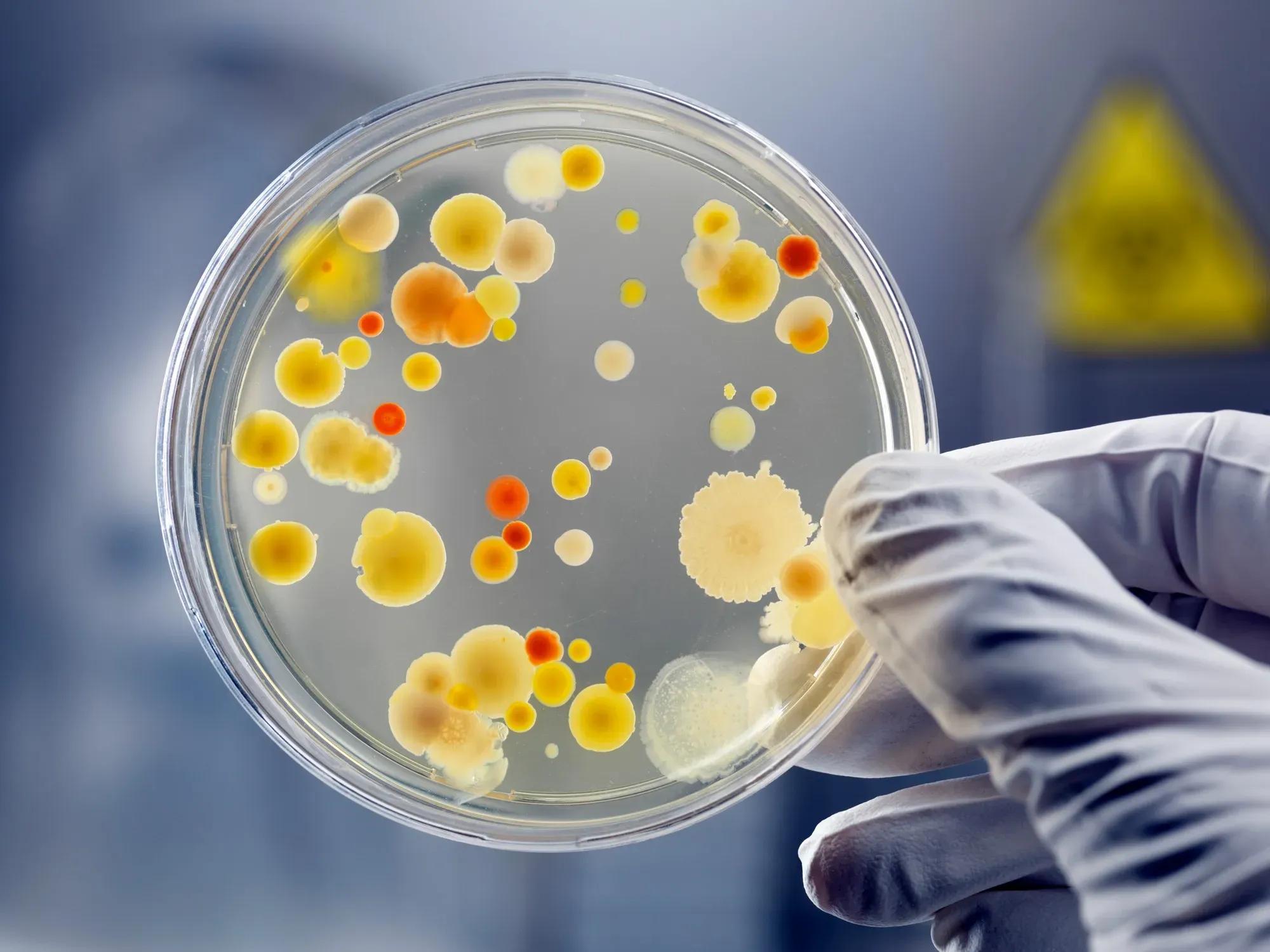Microbial Cultures
Bioremediation is an emerging technology that utilizes microorganisms, plants, or microbial enzymes to remove contaminants in the environment. [1] It aims not only to clean ecosystems but also, as its name suggests, to remediate or restore these ecosystems to their pre-contamination state. Human activities have led to a considerable increase in the emission of contaminants in all their forms, resulting in the contamination of soils, subsoils, rivers, lakes, seas, and more. Bioremediation is considered an ecological and more economical alternative to other environmental cleaning methodologies, as it is based on the degradation of contaminants through microbiological processes such as bioaccumulation—absorption of contaminants by an organism—a bioconcentration that amplifies along the trophic chain, known as biomagnification [2]; biomineralization, where microorganisms use mineral compounds like carbonates, silicates, and phosphates to support their biological structures [3]; biosorption, a passive uptake (in liquid phase, occurring between solutes and the functional groups of the sorbent) which is a property of biomasses to capture and bind contaminant substances; bioleaching, where microbial enzymes help precipitate metals and convert them into salts, which are more easily removed and purified; biodegradation, the decomposition of organic substances into smaller organic substances or inorganic molecules; or biotransformation, the alteration of contaminant molecules to convert them into less toxic or completely safe molecules. [2]
All these different methodologies use microorganisms; sometimes specific organisms are selected for the cleaning of certain materials or ecosystems. However, introducing new microorganisms also poses a risk, so the possibility of using native microorganisms of the ecosystem in question is often explored. Thus, there are two main approaches when practicing bioremediation: either in situ or ex situ. When working in situ, additional consideration must be given to the impact that the bioremediation process could have on the ecosystem, which is why there are methodologies such as biostimulation, where modifications are made to the environment to stimulate the growth of native microorganisms that can clean the environment. Although ex situ procedures are usually more expensive and complicated, they are safer, such as bioaugmentation where acclimated or genetically modified microorganisms with a specific purpose are introduced.

In bioremediation processes, it is most common to use a single species of bacteria or yeast to carry out the restoration of the environment. However, in some specific cases, the use of more than one microorganism can be beneficial, as sometimes multiple species can handle the same type of contaminant or even complement each other. This is called a microbial consortium. "A microbial consortium is a natural association of two or more microbial populations, of different species, that act together as a community in a complex system, where all benefit from each other's activities," as described by Ochoa-Carreño D. et al. [3] Microbial consortia can play an important role and function as a viable tool due to the increased metabolic diversity within them, allowing for the elimination of multiple contaminants simultaneously. [1] This can represent a significant advantage for bioremediation.
Some microbial consortia have already been used in cleaning up heavy metals, industrial waste, and especially hydrocarbons. In one study, tests were conducted to observe the degradation capacity of a native consortium compared to a prepared one, reaching the following conclusion: "The use of native consortia to remediate soils contaminated with polycyclic aromatic hydrocarbons (PAHs) shows great potential for use in bioremediation. Prolonged exposure of consortia to PAHs makes them more efficient at degrading the contaminant as the sole carbon source. The advantages obtained with a native consortium are that it forms naturally and has greater potential for degradation. As for laboratory-prepared consortia, there are advantages and disadvantages. The advantages are that consortia with more efficient degradation kinetics and that tolerate higher contaminant concentrations are formed. A major disadvantage of prepared consortia is the difficulty in forming them and ensuring they coexist harmoniously and do not compete for substrate and space." [4] On the other hand, the work of Licursi et al. (2021), describes the formation of a consortium designed to clean an industrial dye; this consortium demonstrated an effectiveness of 52% in detoxification tests and up to 86% in decolorization assays with concentrations up to 500 ppm. The consortium in question consisted of Mucor racemosus CBMAI 847, Marasmiellus spp. CBMAI 1062, B. subtilis CBMAI 707, and Dietzia maris CBMAI 705. [1]

There are several examples like these that demonstrate the potential of seeking and finding compatible microorganisms that can work in synergy. We all know that two heads are better than one, and the more the merrier; well, based on that, the more microorganisms, the better the remedy. Pollution is reaching critical and simply unsustainable levels. Bioremediation is another way biotechnology seeks to leverage the same tools nature offers and put them to our service. Like many things, cleaning and removing contaminants through outdated technologies is not painting a better future; it merely postpones the inevitable. Bioremediation is a tool that promises not only to clean but also to repair the damage we have caused, and microbial consortia are among the most efficient ways to achieve this.
References
1. Calderón-Pazos AP, Ortega-Ferron P, Catillo L. Uso de consorcios microbianos en la biorremediación marina: una revisión. Revista de la Sociedad Mexicana de Biotecnología y Bioingenieria [Internet]. 2023;27(2):9–20. Available at: https://smbb.mx/wp-content/uploads/2023/07/Revista-2023-Vol-27-No-2.pdf
2. Castillo LC. Biorremediación. 2022
3. de Wet M, Brink H. Fungi in the bioremediation of toxic effluents. In: Elsevier, editor. Fungi Bio-Prospects in Sustainable Agriculture, Environment and Nano-technology [Internet]. Brighton, England: Sussex Academic Press; 2021. p. 407–431. Available at: https://www.sciencedirect.com/science/article/abs/pii/B9780128219256000186
4. Tirado-Torres D, Acevedo-Sandoval O, Romo-Gómez C, Marmolejo-Santillán Y, Gayosso-Canales M. Participación de consorcios microbianos en la biodegradación de hidrocarburos aromáticos policíclicos [Internet]. Reibci.org. [Retrieved on July 24, 2024]. Available at: http://www.reibci.org/publicados/2015/mayo/1000101.pdf


Comments